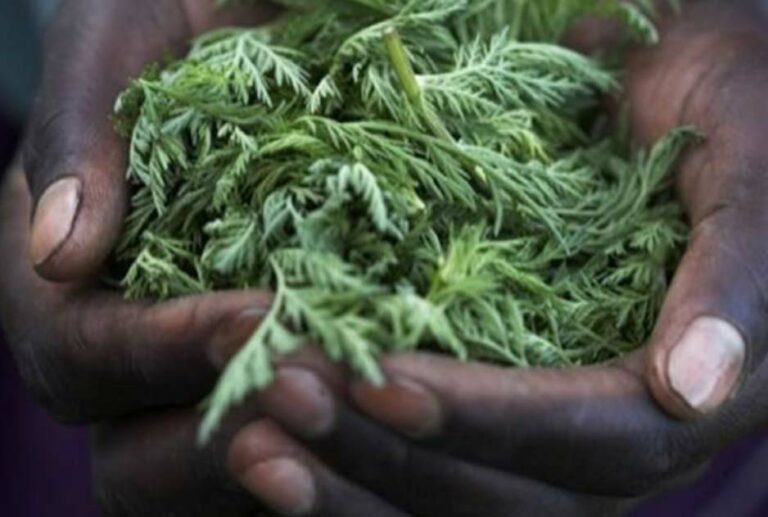Javari : The Living Pharmacy Do Javari
THE VALE DO JAVARI
- 8.5 million hectares of Indigenous Reserve – an area larger than
Austria. Officially declared a reserve in 2001. - It is the second largest Indigenous territory in Brazil.
- Defined as one of 10 irreplaceable areas in the world for its
unique value in terms of biodiversity. - Largest population of isolated Indigenous Peoples in the Amazon
and the world. - 7000+ Indigenous Peoples of which approx. 2000 have never
been contacted by Western society. - A territory that lies in the ‘tri-border’, between Colombia, Per
and Brazil.
THE CHALLENGES IN THE JAVARI
Ecological
- 8 million hectares of inadequately guarded land, making it vulnerable to illegal activities and extraction
- Government infrastructure plans (roads, airports, agroindustry) are putting more pressure on the territory, making it harder to preserve its uniqueness
- Targeted by illegal activities such as gold miners, illegal poachers, fishermen, selective loggers, missionary, pirate & drug organisations
- These illegal intrusions are making ‘uncontacted’ peoples be at a growing risk of disappearing
Human
- One of the highest rates of hepatitis, malaria & tuberculosis infections in Brazil
- Lack of gender inclusion. Estimated that 90% of women in the Vale do Javari do not speak Portuguese
- Little or no access to essential services (health & education)
- Atalaia do Norte, border town and main access point of Indigenous communities, is the poorest municipality in the State of Amazonas and ranks as 3rd lowest ‘HDI’ in Brazil
- Barely any non profit organisations supporting this region
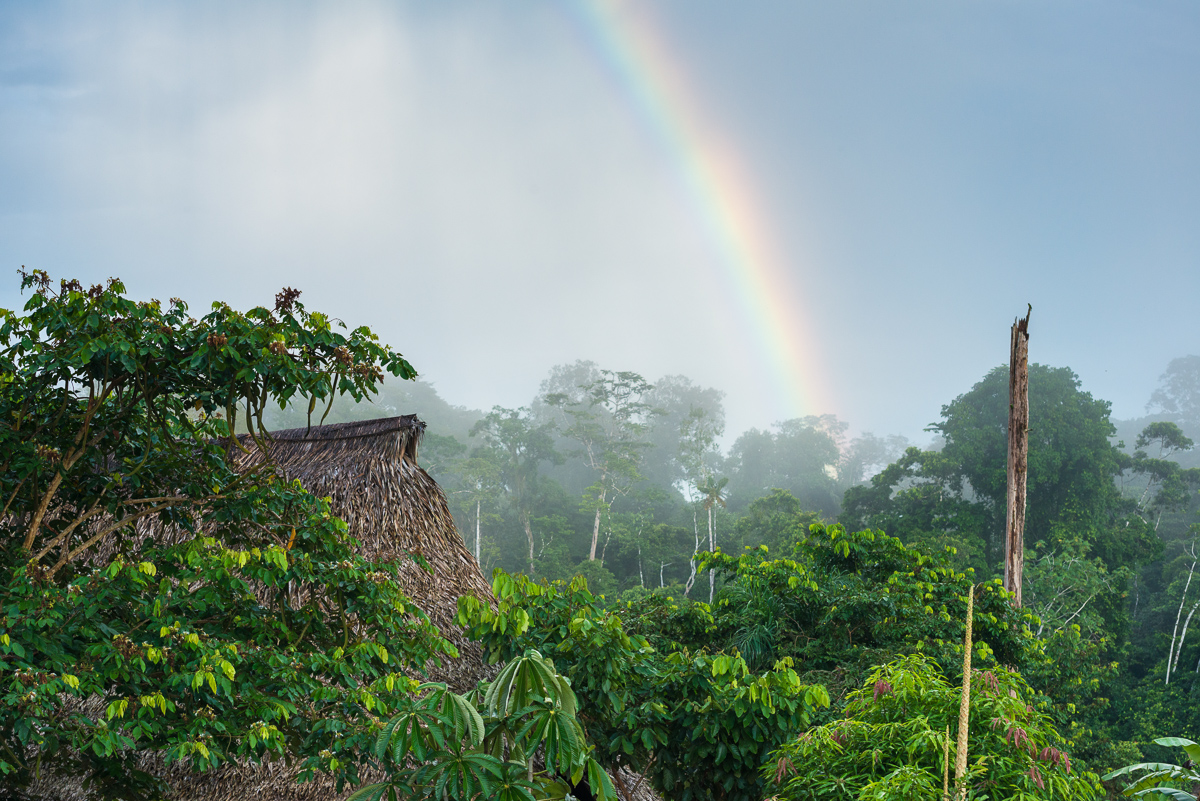
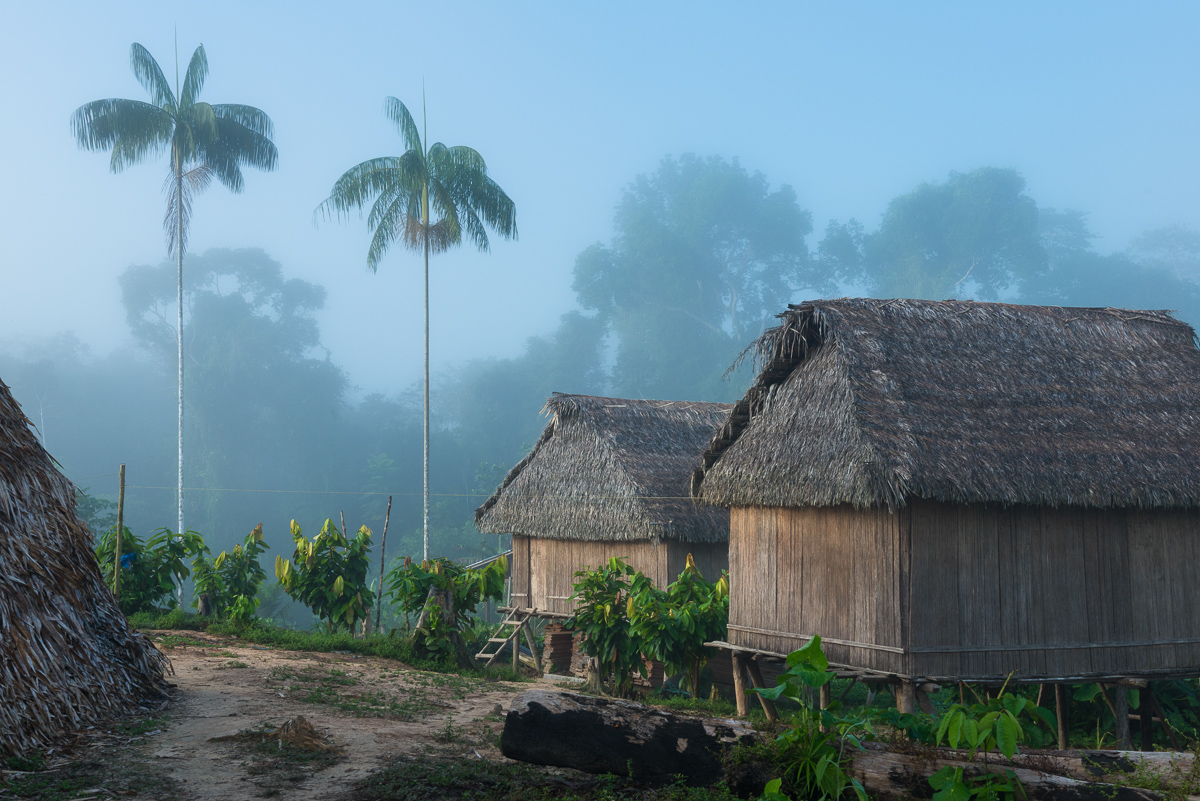
The Javari Project
‘The Javari Project’ is an international registered non-profit organization co-founded by C line Cousteau & Tadzio Mac Gregor.
Our mission
To support the 7000+ Indigenous Peoples – including the highest amount of uncontacted tribes in the world – and protect 8 million hectares of exceptionally biodiverse land of the Vale do Javari reserve by working with local communities across three interconnected pillars:
- Indigenous health,
- Biodiversity analysis,
- And alternative livelihoods.
Our vision
We want the Vale do Javari to turn into a replicable conservation model across the Amazon basin that successfully integrates nature’s resilience and protection, Indigenous Peoples autonomy and the international community’s engagement.
ASDEC, our local partner
ASDEC (Asociac o de Desevolvimento Comunit rio do Povo Marubo do Alto Curu) is a local indigenous partner, entity founded in 2003, in the village of
‘Maronal’, in the Vale do Javari. Their objective is to defend and support the common interests of the Marubo community members
of the “Alto Curu” river.
- ASDEC has created a program called “Mawa Naw“. It’s aim is to cover the basic necessities of the community understanding there is an urgent need to prioritise the relationship between modern and traditional.
We will work together to support 6 different villages of the region, and Atalaia do Norte serving approximately
1500+ Indigenous Peoples. - Maronnal
- Morada Nova
- Matxikeyawai
- M tekenewai
- Jaburu
- Kom ya
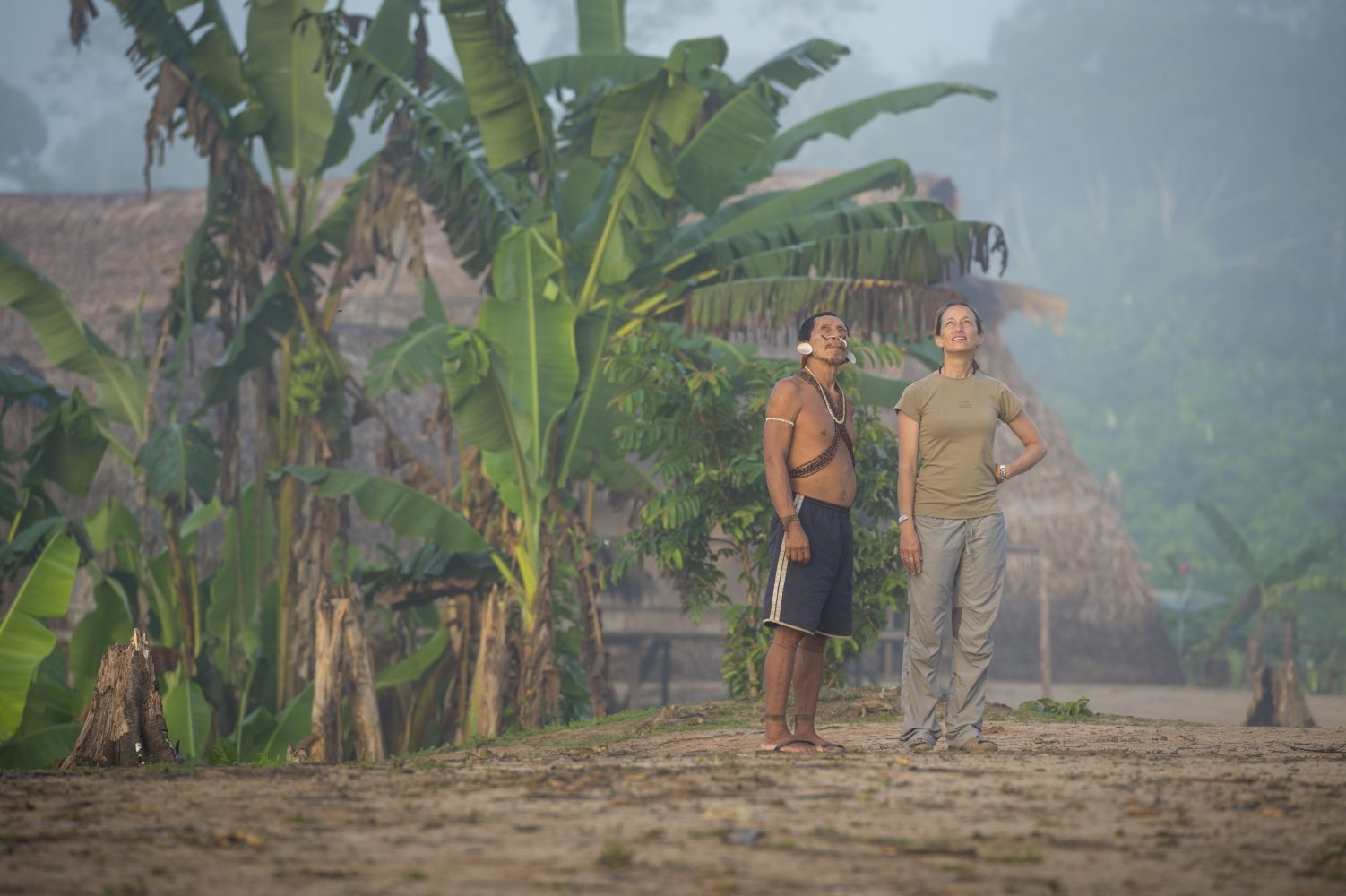
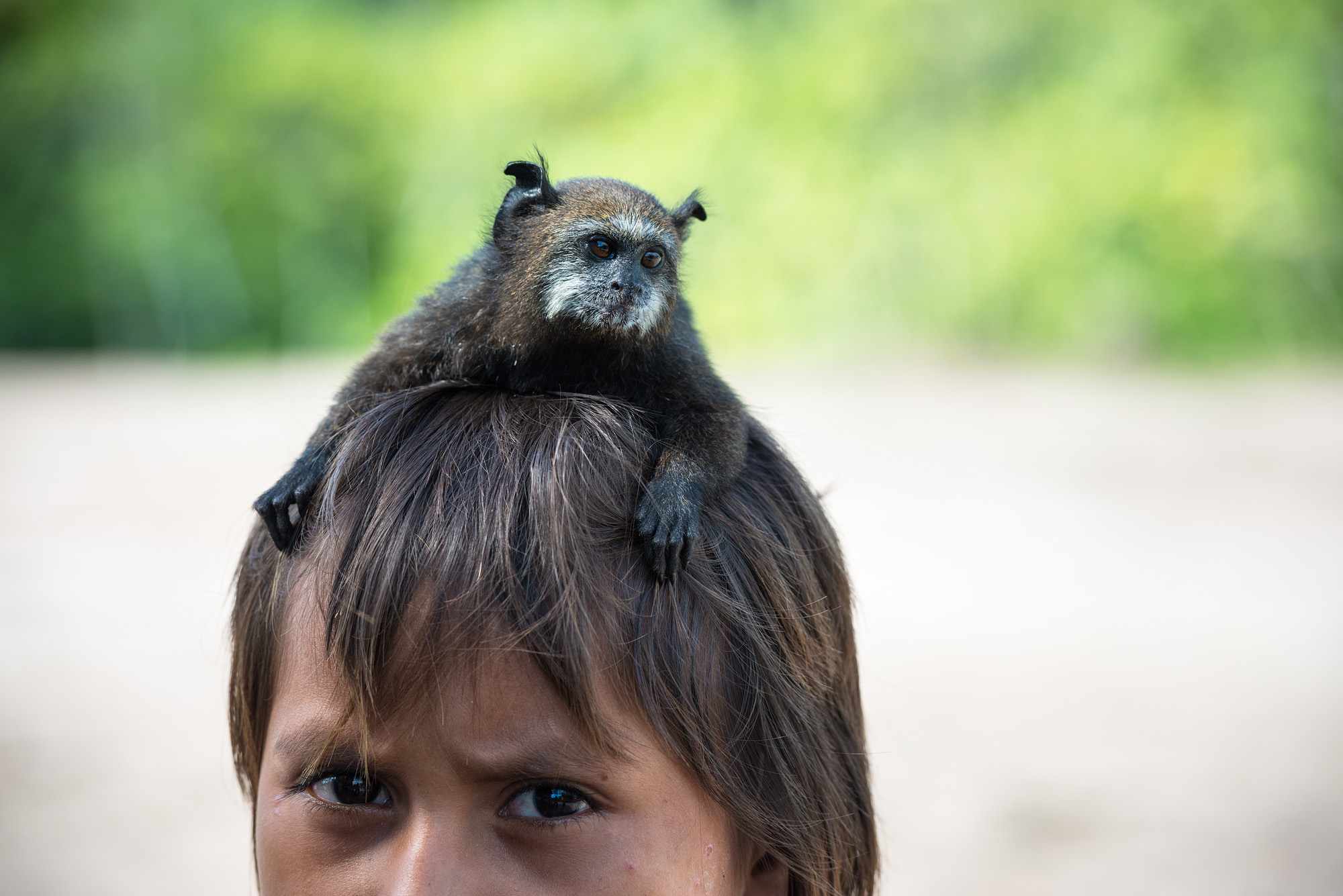
The living pharmacy
“Farm cia Viva” (“Living Pharmacy”) is an initiative by the Marubo Indigenous community of the Vale do Javari, represented by ASDEC and supported by The Javari Project. Together, we aim to strengthen the cultural practice of “buen vivir” (good living) of the Indigenous Peoples of the Vale do Javari as well as of the community of the city of Atalaia do Norte, the poorest municipality in the State of Amazonas and 3rd in all of Brazil.
This project started as the Marubo community identified the increasing dependence on Western laboratory drugs provided at the local health center. A method introduced by governmental policy that throughout the years has made these resources scarcely available for the Indigenous Peoples. This excessive dependence and lack of access has led to the oblivion of native cultural practices in the use of medicinal plants to prevent and treat diseases.
The first steps to the success of the “Living Pharmacy”
- The community will evaluate the best area to cultivate the plants in Atalaia do Norte.
- The team and its representatives will be assigned.
- Selection of the phytotherapists and apprentices who will be in charge of the project and will look after all the process and daily tasks.
- Preparation of the soil for each of the species, according to their sensitivity.
- Teams will first travel to the Alto Curu a region to harvest the seedlings.
- Set up of the protection to the crops (such as fences and labels) to prevent damage during the handling of the plants as well as during visits.
The access to this “Living Pharmacy” will be free of charge to the indigenous community and will follow an organized set of terms and standard rules for its proper functioning as well as ensuring the safety and privacy of all knowledge gathered.
Donations will:
Create a medicinal herb garden
Form a local team
Open a Artemisia house center
Finance production tools
Act together !
Joining One Song One Earth means participating in the protection of indigenous peoples and their heritage. It also means transmitting its heritage by acting for a sustainable and responsible future by fighting against the degradation of fragile and threatened ecosystems.
